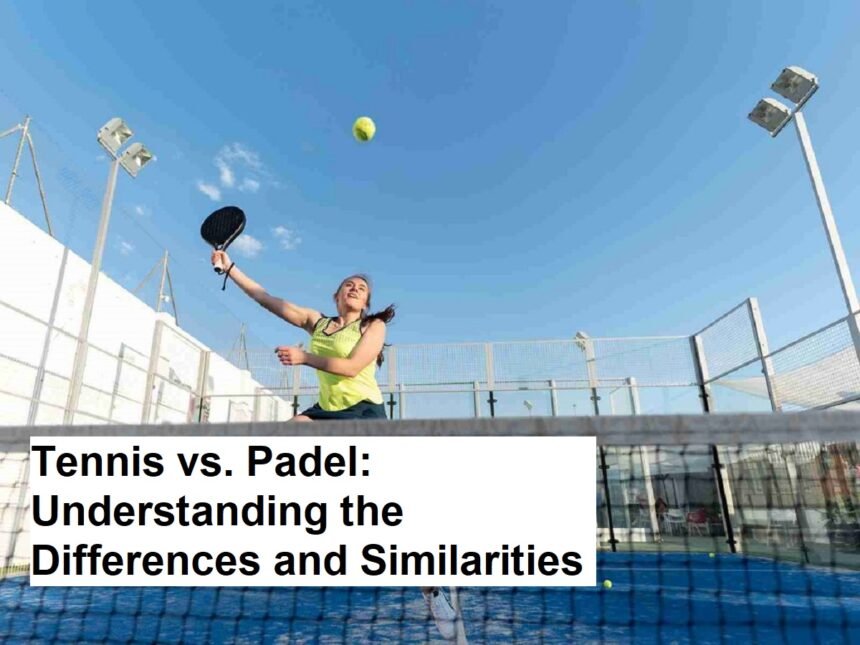Introduction
In recent years, padel has grown rapidly in popularity, often compared to tennis due to their similarities. Both sports are racket-based, played with balls, and involve hitting a ball over a net. However, despite these similarities, tennis and padel are distinct sports with unique rules, equipment, and playing environments. One common question among new players and fans is whether the balls used in tennis and padel are the same. This article explores the key differences between the two sports and clarifies whether their balls are interchangeable.
The Origins and Popularity
Tennis is a well-established global sport with roots dating back to the 19th century. It is played on various surfaces, including grass, clay, and hard courts, with international tournaments like Wimbledon and the US Open attracting millions of viewers.
Padel, on the other hand, is a relatively newer sport originating in Mexico in the 1960s and gained widespread popularity primarily in Spain and Latin America. It is often played in smaller, enclosed courts and is known for its fast-paced, social gameplay.
Court Size and Environment
One of the most noticeable differences is the court size and environment. Tennis courts are larger, measuring 78 feet long and 36 feet wide for doubles matches, with open surroundings. Padel courts are significantly smaller—about 118 feet long and 78 feet wide—and enclosed by glass walls, which are an integral part of the game.
Equipment: Racket and Ball Differences
Racket:
Tennis rackets are larger, with a frame length of about 27 inches and a stringed surface. Padel rackets are smaller, made of composite materials, and have a solid surface without strings, which affects how the ball is struck and controlled.
Ball:
This leads us to the core question: are the balls used in tennis and padel the same?
The Ball Difference:
Tennis balls are typically made of a rubber shell covered with felt, and their standard size is about 3.5 inches in diameter. The pressure inside tennis balls is higher, which contributes to their bounce and speed.
Padel balls are very similar in size—also approximately 3.5 inches—but have some key differences:
- They are slightly less pressurized than tennis balls, resulting in a softer feel and less bounce.
- Padel balls often have a different internal pressure and are manufactured specifically for the quick, controlled play style of padel.
- The core of padel balls tends to be less pressurized, leading to a different bounce and gameplay experience compared to tennis balls.
Are They Interchangeable?
While tennis and padel balls are similar in size, they are not exactly interchangeable. Using tennis balls in padel courts can alter gameplay, as they tend to bounce higher and faster due to higher internal pressure. Conversely, padel balls may not achieve the same bounce and speed in tennis courts. It is recommended to use the balls specifically designed for each sport to ensure optimal play and adherence to the rules.
Playing Style and Rules
Apart from equipment, rules differ significantly:
- Tennis is played with a larger court, and players can hit the ball anywhere within the bounds.
- Padel emphasizes the use of walls, similar to squash, allowing for strategic play that involves bouncing the ball off walls.
- Scoring systems are similar, but the game pace and strategies change due to court size, ball behavior, and racket types.
Why the Differences Matter
The different ball pressures and materials impact gameplay:
- Tennis balls need to bounce high and travel longer distances.
- Padel balls are optimized for shorter, controlled rallies suitable for the smaller court and wall play.
Using the correct ball enhances the playing experience and ensures fairness and consistency according to each sport’s standards.
Conclusion
While tennis and padel share similarities, they are unique sports with distinct equipment and rules. Regarding the balls, they are similar in size but differ in pressure and bounce characteristics. Tennis balls are not ideal substitutes for padel balls, and vice versa, as using the wrong ball can affect gameplay quality and fairness.
Understanding these differences helps players enjoy each sport appropriately and adhere to proper equipment standards. Whether you are a beginner or a seasoned athlete, recognizing these distinctions will improve your playing experience and deepen your appreciation for both sports.












